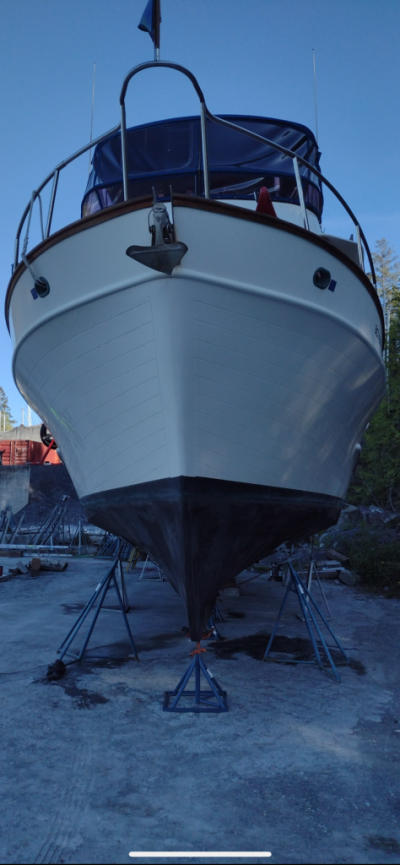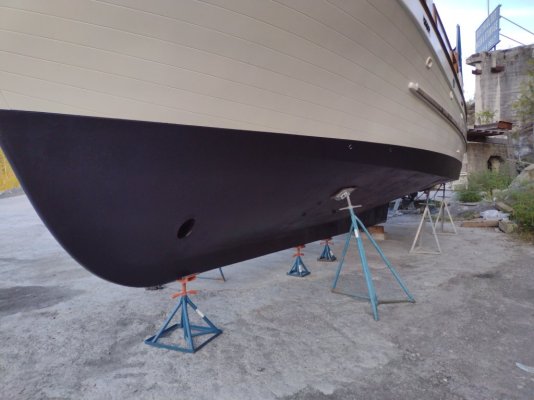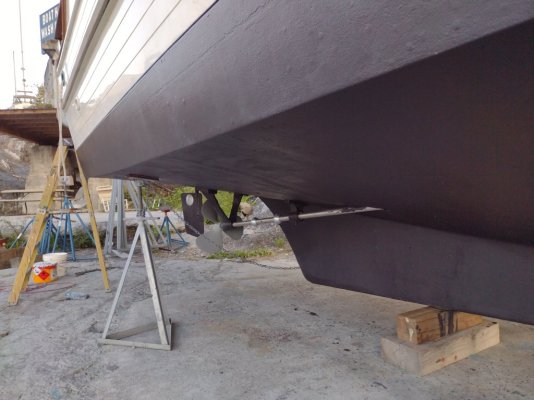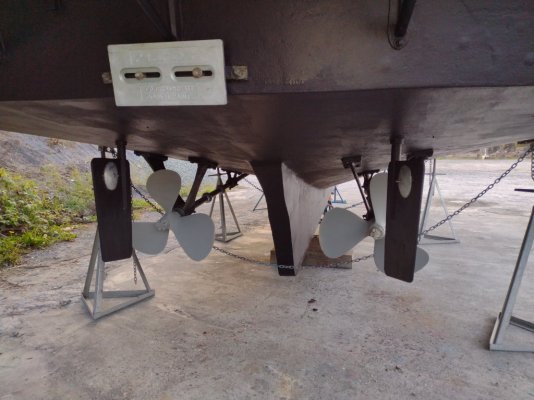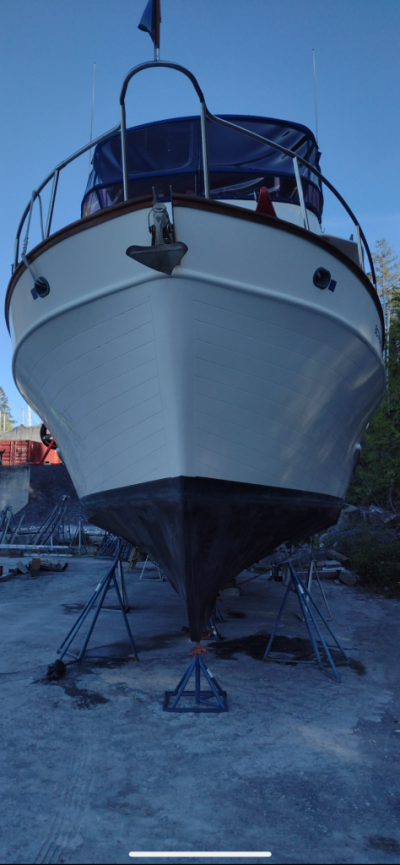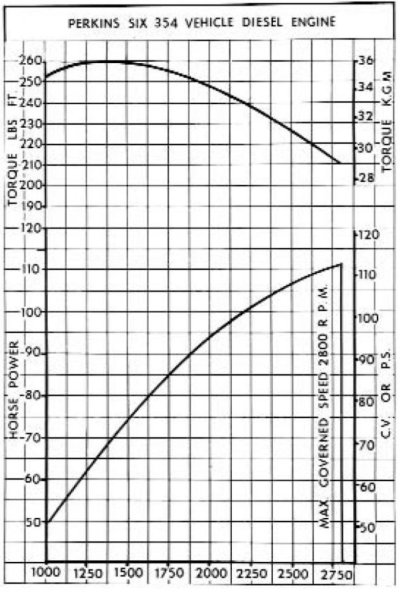jointcustody
Veteran Member
Hey there,
I currently own a 34 chb. 30ft waterline. 11'10'' beam. single m135 2003 perkins. 2.0:1 borg warner. Around 20,000 lbs. I get 2600? or 2800rpm wide open (havent in awhile, but i know for a fact its propped correctly because i have checked this before) it cruises great and i get around 6 knots at 1400, 7.5 at 1800, 8.5 at 2200rpm sort of thing. Very happy with the setup on this boat.
Today I sea trialed a 41 ft trawler. 37 ft waterline. 13'10'' beam. twin 135 6.354 perkins. survey claims 2.5:1 borg warners. between 30 and 35,000lbs. survey says prop is 24x17 3 blades (x2) The boat seemed very slow- noticeably slower than my boat, yet with a much longer waterline. The owner ran the the boat at 2200 rpm- and it was seeing like 7.0 knots. I verified the speed with my phone secretly lol.
I ran my numbers for my boat in the vic prop calculator and the prop was correct per my survey so i know im doing the numbers right. When I input the numbers for the sea trialed 41 I get 24x19.5- 3 blade as the suggested size, yet hes got 24x17's.
Both boats have recently cleaned and painted bottoms.
Does that sound like enough of a pitch difference to cause it to be that slow? I would think its at least 4 degrees or more out.
Do you see any bad effects on that engine running that fast but with a light load on it? owner claimed 2.5gph total at 7 knots.
What are your thoughts? Thanks.
I currently own a 34 chb. 30ft waterline. 11'10'' beam. single m135 2003 perkins. 2.0:1 borg warner. Around 20,000 lbs. I get 2600? or 2800rpm wide open (havent in awhile, but i know for a fact its propped correctly because i have checked this before) it cruises great and i get around 6 knots at 1400, 7.5 at 1800, 8.5 at 2200rpm sort of thing. Very happy with the setup on this boat.
Today I sea trialed a 41 ft trawler. 37 ft waterline. 13'10'' beam. twin 135 6.354 perkins. survey claims 2.5:1 borg warners. between 30 and 35,000lbs. survey says prop is 24x17 3 blades (x2) The boat seemed very slow- noticeably slower than my boat, yet with a much longer waterline. The owner ran the the boat at 2200 rpm- and it was seeing like 7.0 knots. I verified the speed with my phone secretly lol.
I ran my numbers for my boat in the vic prop calculator and the prop was correct per my survey so i know im doing the numbers right. When I input the numbers for the sea trialed 41 I get 24x19.5- 3 blade as the suggested size, yet hes got 24x17's.
Both boats have recently cleaned and painted bottoms.
Does that sound like enough of a pitch difference to cause it to be that slow? I would think its at least 4 degrees or more out.
Do you see any bad effects on that engine running that fast but with a light load on it? owner claimed 2.5gph total at 7 knots.
What are your thoughts? Thanks.
Last edited:

